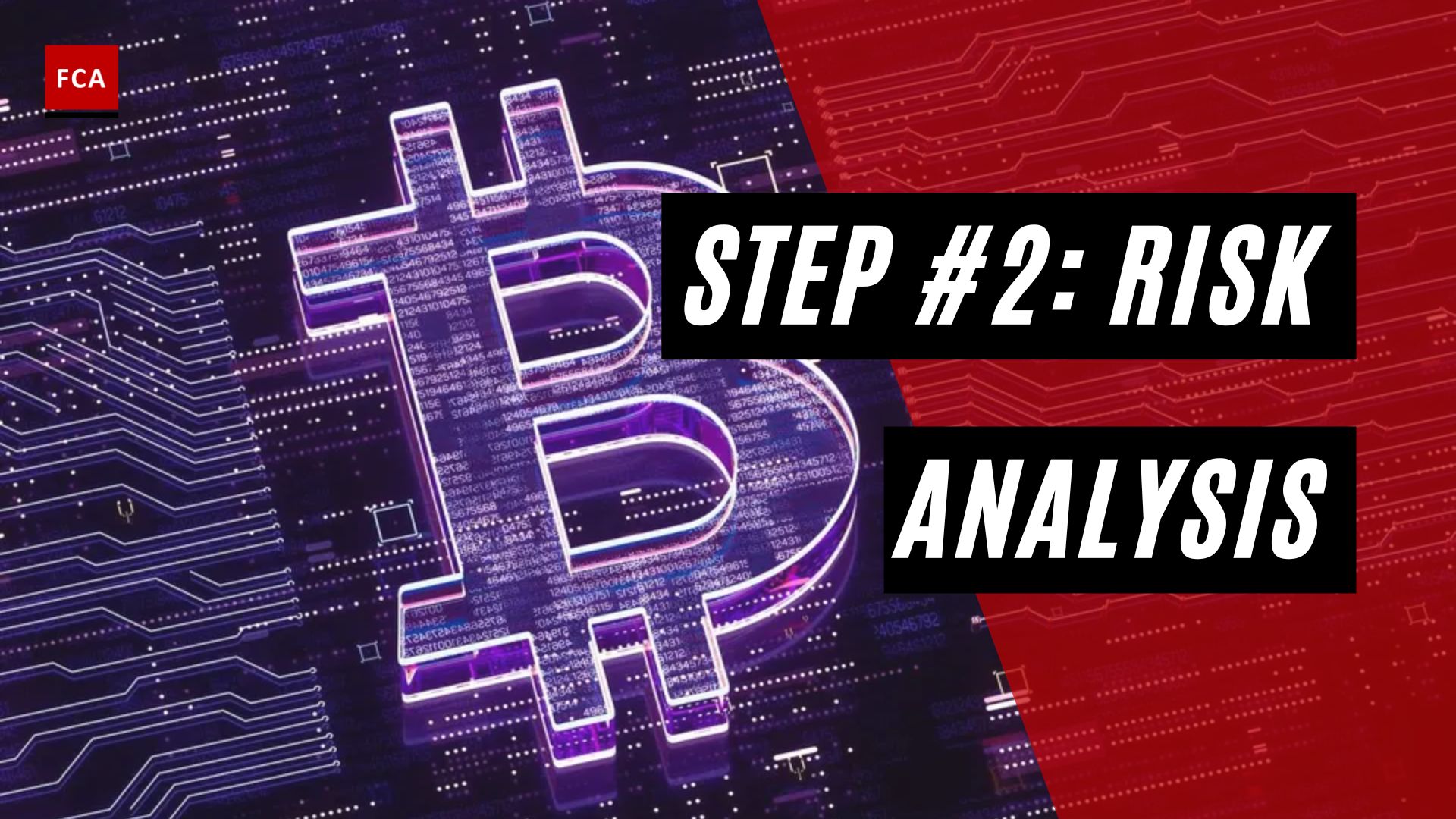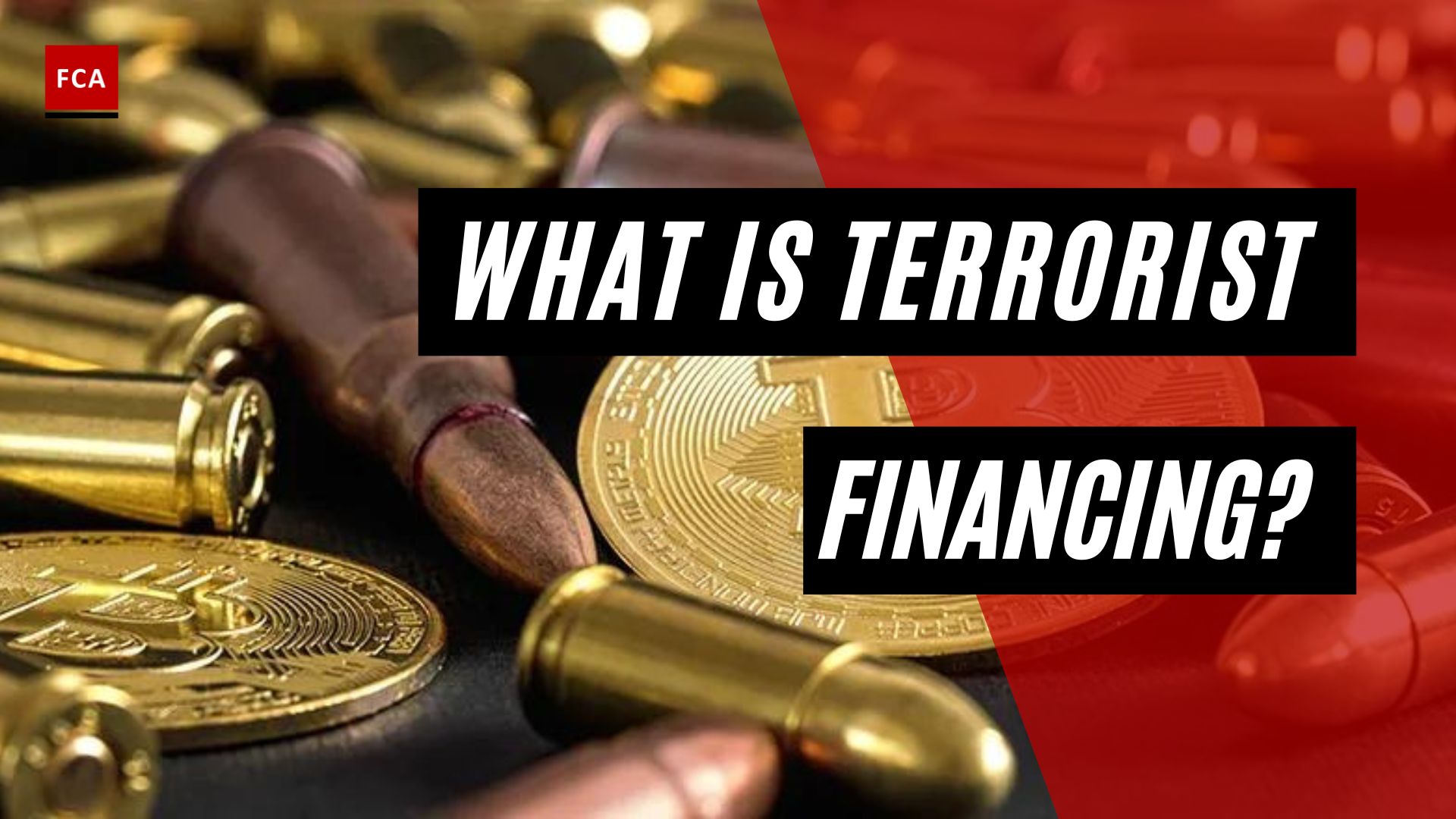What is a Blockchain? In the simplest terms, a Blockchain is a diary that is almost impossible to forge.
In more advanced terms, the blockchain can be thought of as a distributed database. By these means, Blockchain is a particular type or subset of the so-called distributed ledger technology or DLT. DLT is a way of recording and sharing data across multiple data stores. All of these distributed and individual data stores together make up the database.
The first blockchain was created in the year 2009 by an anonymous person/ group known as Satoshi Nakamoto. The purpose of the blockchain was to facilitate digital transactions using Bitcoin, but later the potential uses of blockchain technology quickly became apparent to developers and entrepreneurs in various other industries. Looking back in the past decade, a silent revolution called “Blockchain technology” resulted in significant innovations. Bitcoin is the first and most well-known blockchain innovation.
It was a proof-of-concept digital currency that launched in 2009. Although its price has fluctuated widely, bitcoin’s market capitalization now hovers between $10 billion and $20 billion. With the help of Acrons, millions of users use blockchain technology for various transactions, including remittances. Blockchain technology is a revolutionary technology that helped people earn and make money online, but what are some of today’s most popular blockchain applications?

What is a Blockchain?
The blockchain is most popular in the financial sector and people can use blockchain to streamline their financial transactions and reduce associated costs. Other popular applications of blockchain technology include:
- Non-fungible tokens or NFTs
- Logistic and supply chain network
- Data Storage
- Casino and gambling industry
- Money transfers
- Digital royalties
In practice, blockchain is a technology with many faces. It can exhibit different features and covers a wide array of systems that range from being fully open and permissionless to being permissioned.
Let us first talk about the Permissionless Blockchain. On an open, permissionless blockchain, a person can join or leave the network at will, without having to be approved by any entity. All that is needed to join the network and add transactions to the ledger is a computer on which the relevant software has been installed. There is no central owner of the network and software, and identical copies of the ledger are distributed to all the nodes in the network. The vast majority of cryptocurrencies currently in circulation are based on permissionless blockchains. This includes cryptocurrencies such as Bitcoin, Litecoin, and others.
Secondly, there is the Permissioned Blockchain. On a permissioned blockchain, transaction validators are the nodes and have to be pre-selected by a network administrator. The network administrator sets the rules for the ledger to be able to join the network. This allows to easily verify the identity of the network participants. However, at the same time, it also requires network participants to put trust in a central coordinating entity to select reliable network nodes.

In general, permissioned blockchains can be further divided into two subcategories:
On the one hand, there are open or public permissioned blockchains, which can be accessed and viewed by anyone, but where only authorized network participants can generate transactions and update the state of the ledger.
However, there are closed or enterprise permissioned blockchains, where access is restricted and where only the network administrator can generate transactions and update the state of the ledger.
What is important is to note that just like on an open permissionless blockchain, transactions on an open permissioned blockchain can be validated and executed without the intermediation of a trusted third party. Some cryptocurrencies, like Ripple and NEO, utilize public permissioned blockchains.
Final Thoughts
Blockchain technology is a revolutionary development that has the potential to transform various industries. Its decentralized nature, security, and transparency make it a powerful tool for recording and verifying transactions. While blockchain technology is still in its infancy, its potential use cases are vast, and it is likely to play a significant role in shaping the future of technology.









